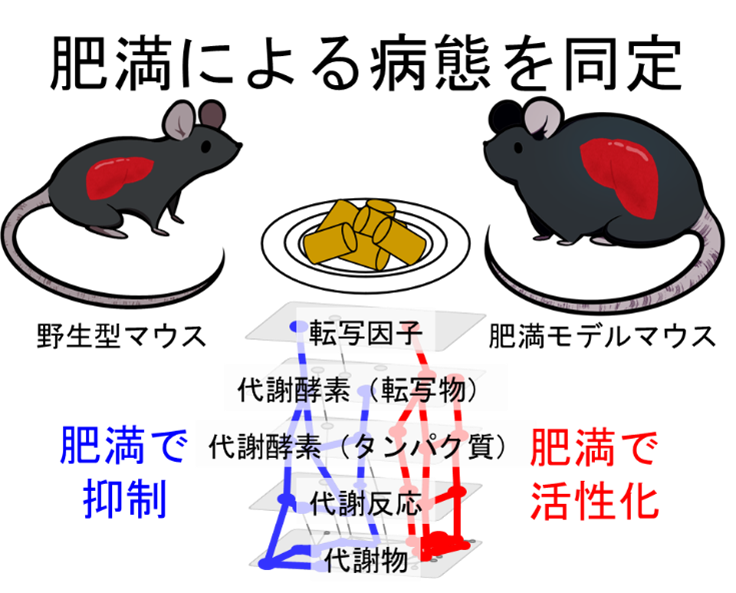2024-02-26 ペンシルベニア州立大学(PennState)
<関連情報>
- https://www.psu.edu/news/research/story/temperature-humidity-may-drive-future-transmission-parasitic-worm-infections/
- https://onlinelibrary.wiley.com/doi/full/10.1111/ele.14386
蠕虫の生態学的要件が気候変動が感染の危険性に与える影響を形作る Helminth ecological requirements shape the impact of climate change on the hazard of infection
Chiara Vanalli, Lorenzo Mari, Renato Casagrandi, Marino Gatto, Isabella M. Cattadori
Ecology Letters Published: 25 February 2024
DOI:https://doi.org/10.1111/ele.14386

Abstract
Outbreaks and spread of infectious diseases are often associated with seasonality and environmental changes, including global warming. Free-living stages of soil-transmitted helminths are highly susceptible to climatic drivers; however, how multiple climatic variables affect helminth species, and the long-term consequences of these interactions, is poorly understood. We used experiments on nine trichostrongylid species of herbivores to develop a temperature- and humidity-dependent model of infection hazard, which was then implemented at the European scale under climate change scenarios. Intestinal and stomach helminths exhibited contrasting climatic responses, with the former group strongly affected by temperature while the latter primarily impacted by humidity. Among the demographic traits, larval survival heavily modulated the infection hazard. According to the specific climatic responses of the two groups, climate change is expected to generate differences in the seasonal and spatial shifts of the infection hazard and group co-circulation. In the future, an intensification of these trends could create new opportunities for species range expansion and co-occurrence at European central-northern latitudes.


